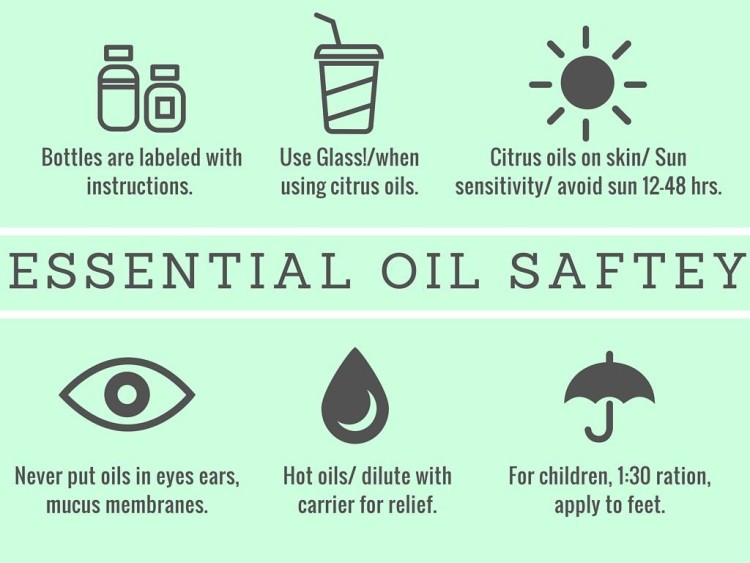
Essential oils (EOs) are complex mixtures of aromatic terpenes (monoterpenes and sesquiterpenes) and other aromatic or aliphatic compounds, formed as secondary metabolites in specialized secretory tissues of aromatic plants. Various parts of the aromatic plants (leaves, flowers, fruits, roots, bark) could be used for essential oil extraction by multiple techniques including steam distillation, solvent extraction or supercritical fluid extraction. A verified botanical origin (chemical composition) and protection against contamination and oxidative degradation provided by adequate recipients are key factors influencing essential oils quality. Essential oils from peppermint, lavender, jasmine or ylang-ylang have been used from Antiquity in European and Asian traditional medicine for the prevention and treatment of several diseases but also for food flavoring. Nowadays, over 3000 compounds have been identified in EOs and more than 300 essential oils are commercially available.
| No. | Plant species | Common name of EO |
|---|---|---|
| 1. | Boswellia carterii | Frankincense |
| 2. | Cananga odorata | Ylang-Ylang |
| 3. | Carum carvi | Caraway |
| 4. | Cinnamomum zeylanicum | Cinnamon |
| 5. | Citrus aurantium var. Amara | Neroli |
| 6. | Cupressus sempervirens | Cypress |
| 7. | Cymbopogon citratus | Lemongrass |
| 8. | Eletaria cardamomum | Cardamom |
| 9. | Foeniculum vulgare | Fennel |
| 10. | Gaultheria fragrantissima | Wintergreen |
| 11. | Juniperus communis | Juniper |
| 12. | Melaleuca alternifolia | Tea tree |
| 13. | Melaleuca viridiflora | Niaouli |
| 14. | Mentha x piperita | Peppermint |
| 15. | Rosmarinus officinalis | Rosemary |
| 16. | Thymus vulgaris | Thyme |
| 17. | Zingiber officinale | Ginger |
Essential oils are extensively used as food flavors, as fragrances in cosmetic industry but also, a para-medicinal use like aromatherapy has become increasingly popular in the last decades. Moreover, due to a complex chemical composition, they are capable to interact with multiple pharmacological targets (receptors, ion channels or enzymes), being studied with promising results for the development of new drug candidates. Some essential oils like peppermint oil are already used in clinical settings for the treatment of functional dyspepsia or irritable bowel syndrome. Numerous in vitro and in vivo experiments have proved significant antioxidant, antimicrobial, anxiolytic, spasmolytic or anti-inflammatory effects for several essential oils, which could be also translated in human medicine.

Despite their extensive use, key information concerning the safety profile of essential oils are not known to the general public or practitioners of aromatherapy. A significant proportion of the general public mistakenly believes that all essential oils are completely safe for human use, being hailed as “natural and risk-free medicines.” Therefore, the aim of this chapter is to increase the awareness of healthcare and food industry professionals, but also general public, concerning possible safety issues of essential oils. Common adverse effects of essential oils like sensitization and dermatitis but also more severe phenomena like neurotoxicity will be presented in detail, concerning their epidemiology, mechanism and clinical significance. A thorough understanding of the safety profile of essential oils is necessary in order to maximize their beneficial effects while minimizing the risk for the users.
Essential oils have a significant lipophilicity due to a high content of monoterpenes, being capable of easily passing through several biological barriers. Thus, a systemic absorption of specific chemical constituents is possible after oral, cutaneous or pulmonary administration of essential oils with beneficial therapeutic effects but also with toxicological implications.
After an oral administration of EOs, the systemic absorption of several molecules present in their chemical composition could be significant. A study in rats showed that after oral administration of radio-labeled trans-anethole, over 90% of the substance was absorbed from the digestive tract into the bloodstream, being subsequently metabolized and excreted in feces and urine. Recently, a study from 2018 showed that an immediate release formulation with geraniol orally administered in Sprague-Dawley rats showed an absolute bioavailability of 92%, thus showing an increased systemic absorption. In humans, the absorption of 1,8-cineole from the digestive tract was clearly demonstrated in a study which used enteric coated capsules with a mixture of three terpenoids: limonene, 1,8-cineole and α-pinene.
The contact of essential oils with the skin, frequently encountered in aromatherapy massage, could also lead to a systemic absorption of the chemical constituents, depending on the contact time, size of exposed skin surface and concentration of the compound. Essential oils and their volatile constituents can penetrate the skin barrier and facilitate the absorption of other topically applied drugs by inducing a conformational modification of intercellular proteins in the corneal layer and by increasing the drug partitioning. Transdermal absorption was demonstrated for several monoterpenes like α-pinene, camphor or limonene, other structurally related compounds being also capable of passing the skin barrier and generating systemic effects.
The volatility of essential oils makes them ideal for pulmonary administration, suitable in the treatment of respiratory diseases. Nevertheless, a fraction of the inhaled compounds could be rapidly absorbed at alveolar level and through airway mucosa, with the apparition of plasmatic concentrations and possible systemic effects. The pulmonary absorption was confirmed for α-pinene, camphor and menthol, the rate of absorption depending on the nature and concentration of inhaled volatile substances and local physiological factors like breathing mechanics.
Although most essential oils received the GRAS (generally recognized as safe) status, granted by Flavor and Extract Manufacturers Association (FEMA), it should be pointed out that they were evaluated as flavors with a very low concentration in the tested products. For a concentrated essential oil, certain toxic effects, local or systemic, could develop in specific circumstances. An increased awareness of healthcare professionals and general public concerning the safety profile of essential oils is needed in order to correctly exploit their diverse biological effects

|

|
Currently, there are no comment.
Login to comment